Black Olive Trees
Black Olive Tree History
The Black Olive Tree (Bucida buceras) is a tropical tree native to Central America and most of the Caribbean, though some experts believe its origins may have reached north to the Florida Keys.
Usage
Before gaining commercial popularity for ornamental use, it was primarily used as a source for lumber, as the trunk is dense, heavy and very close grained. It is a favorite choice of wood for boat builders.
Appearance
Generally, Black Olive Trees will reach heights ranging from 20 to 80 feet, and develop strong, sturdy, large diameter trunks covered by a thick, dense gray, deeply fissured bark. The tree canopy grows dense and tight, with most branching spreading outward and horizontally.
Small, smooth, oval leaves emerge a light/medium green, and mature to a deep, slightly blue toned green. They grow along unusual zig-zagged formed stems. Some trees also grow a sharp thorn-like spine on old growth behind the leaf node. Tiny yellowish-green to golden-beige petal-less flowers cover the entire canopy. It spouts an inedible fruit that is attractive to birds.
Growth & Durability
As a whole, the species is highly salt tolerant. It puts down deep anchoring roots, making it able to endure high winds with little damage. Breakage within the canopy and the loss of geotropism (knowing up from down, and which way to grow) was also called out as a fault in this species following examination after intense hurricanes.
However, in the overall, Black Olive Trees held up as well as any other species, and better than most. The root system grows deep and downward and does not spread outward, so this tree can be safely planted within 6 to 8 feet of walls, sidewalks, and other appurtenances without fear of future problems developing.
The Shady Lady Black Olive grows more dense, tight, uniform, and it is smaller, growing to an average of 20 to 30 feet at maturity it is even better suited for street, parking lot, and other commercial and urban applications.
Black Olive Tree Fruit
Despite the common name, this tree (Bucida buceras) is completely unrelated to the edible olive (Olea europaea). The Black Olive nomer is likely the result of the vague resemblance of the fruit to the familiar edible olive (mostly round with a single seed). The fruit of Bucida buceras, however, has little pulp and is not edible.
Artificial Black Olive Trees
Treescapes & PlantWorks create Black Olive Tree trunks is one of two different ways. We either use one or more natural wood tree trunks, or we custom design and construct steel inner-core tree trunks with bark castings made from real trees. The advantage to our custom designed trees and trunks is that are tailored to meet our customer’s exact size and color requirements.
We have built trees at 6’ in overall height as well as those that have towered more than 30’ above the ground level. Additionally, we have constructed trees with various canopy shapes and varying foliage densities.
Our artificial foliage comes with variegated leaf coloring bringing forth botanically accurate shading and detail. We offer inherently fire retardant foliage for indoor use as well as ultraviolet inhibiting foliage for outdoor applications.
Our faux replica Black Olive Trees and fabricated Black Olive Trees are suitable for many design styles, and they have been installed in restaurants and hotels across the world! If you’re interested in a fabricated or replica Black Olive Tree for your next hospitality or décor project, contact us today for further details.
References:
“It’s All About Balance – The Story of Black Olive Tree” – Emerald Garden Goddess
“Bucida buceras” – Florida Gardener
“How to Maintain a Shady Lady Tree” – SF Gate
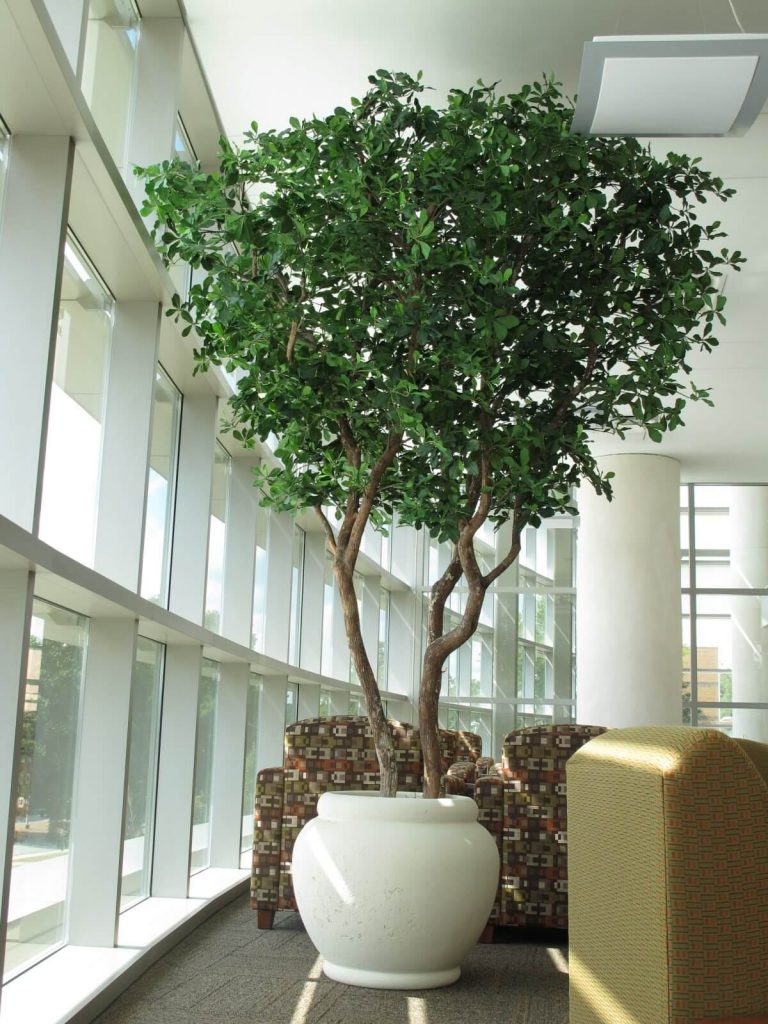
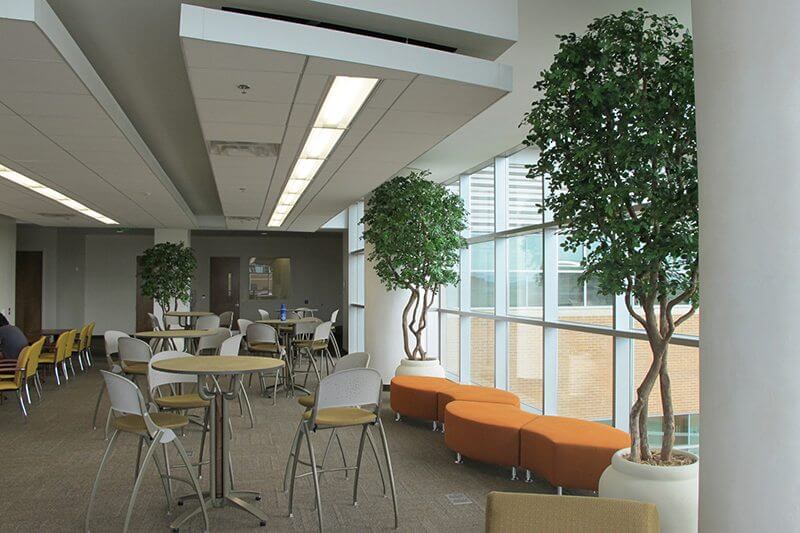
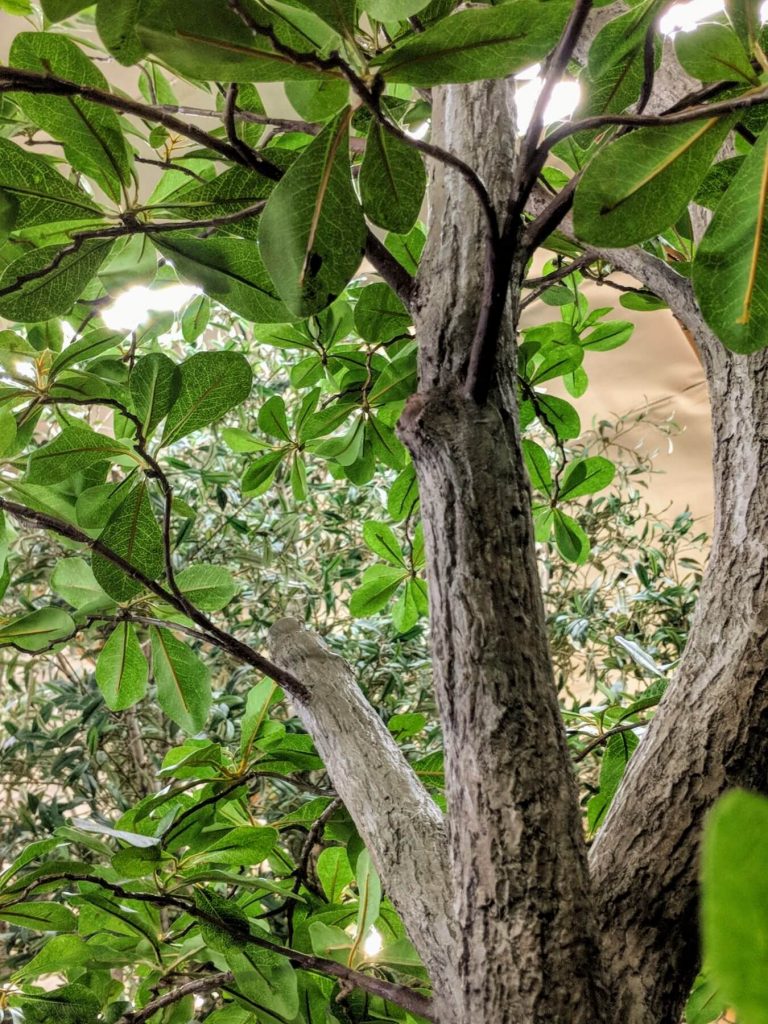
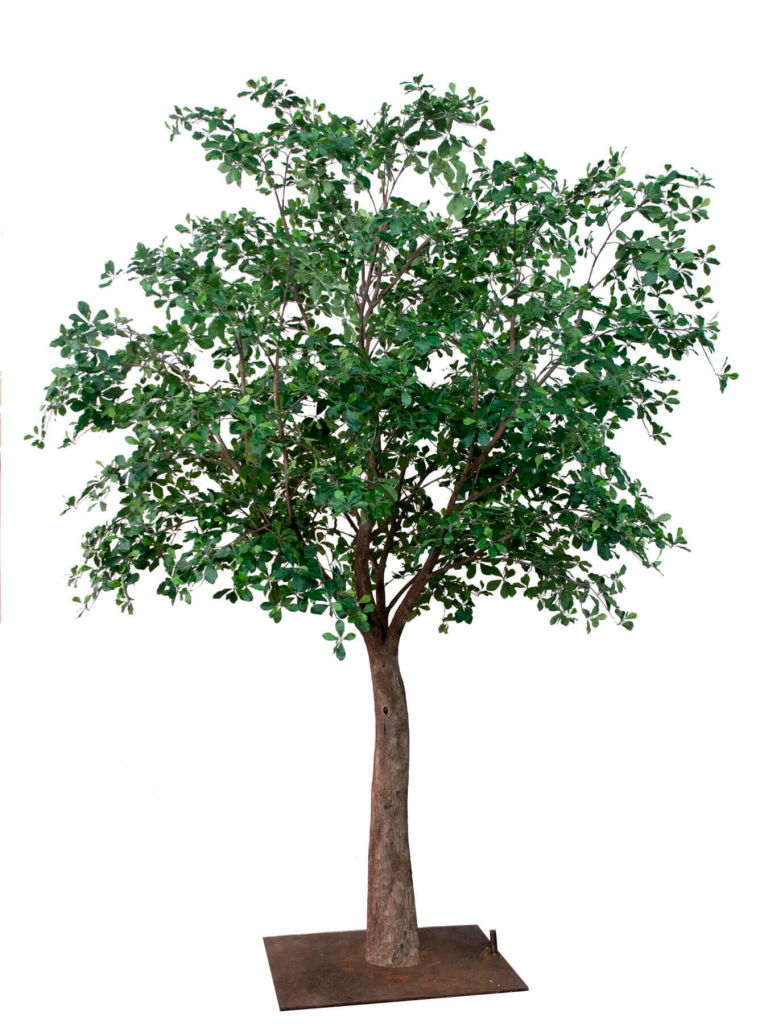
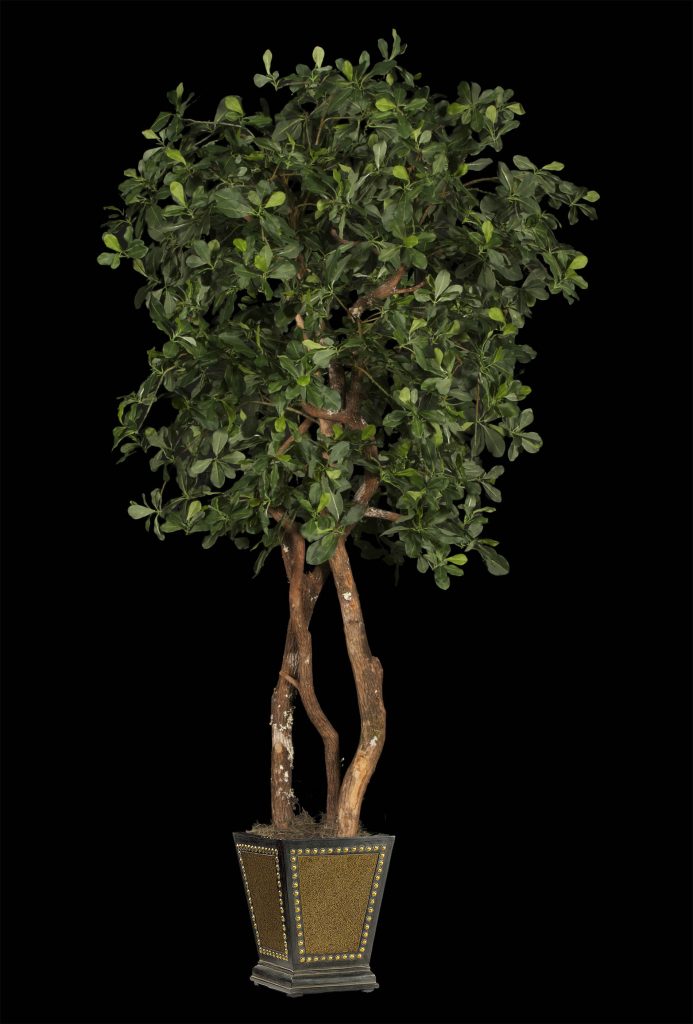
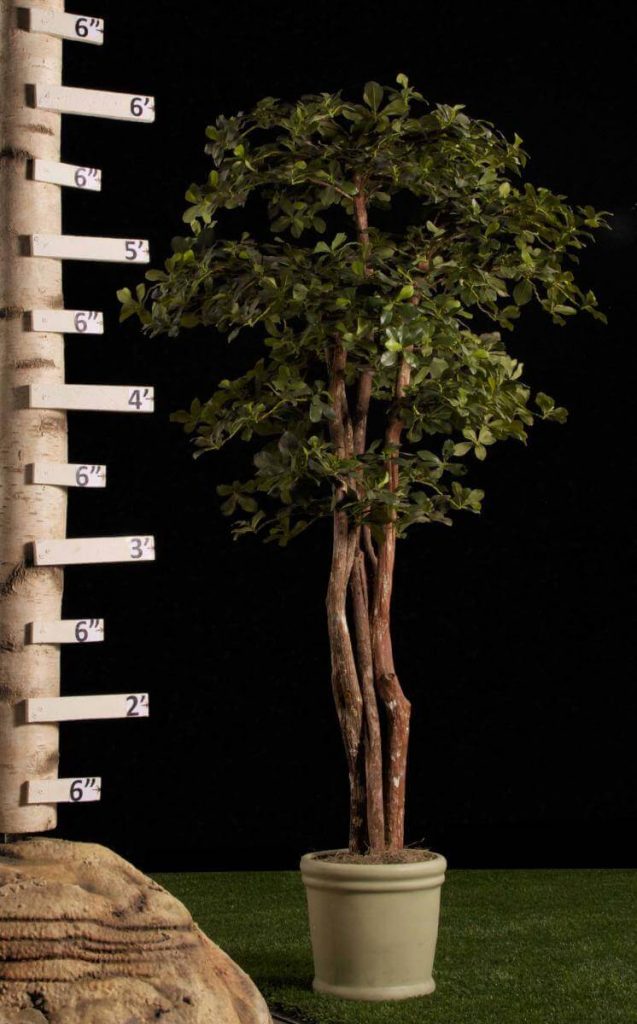
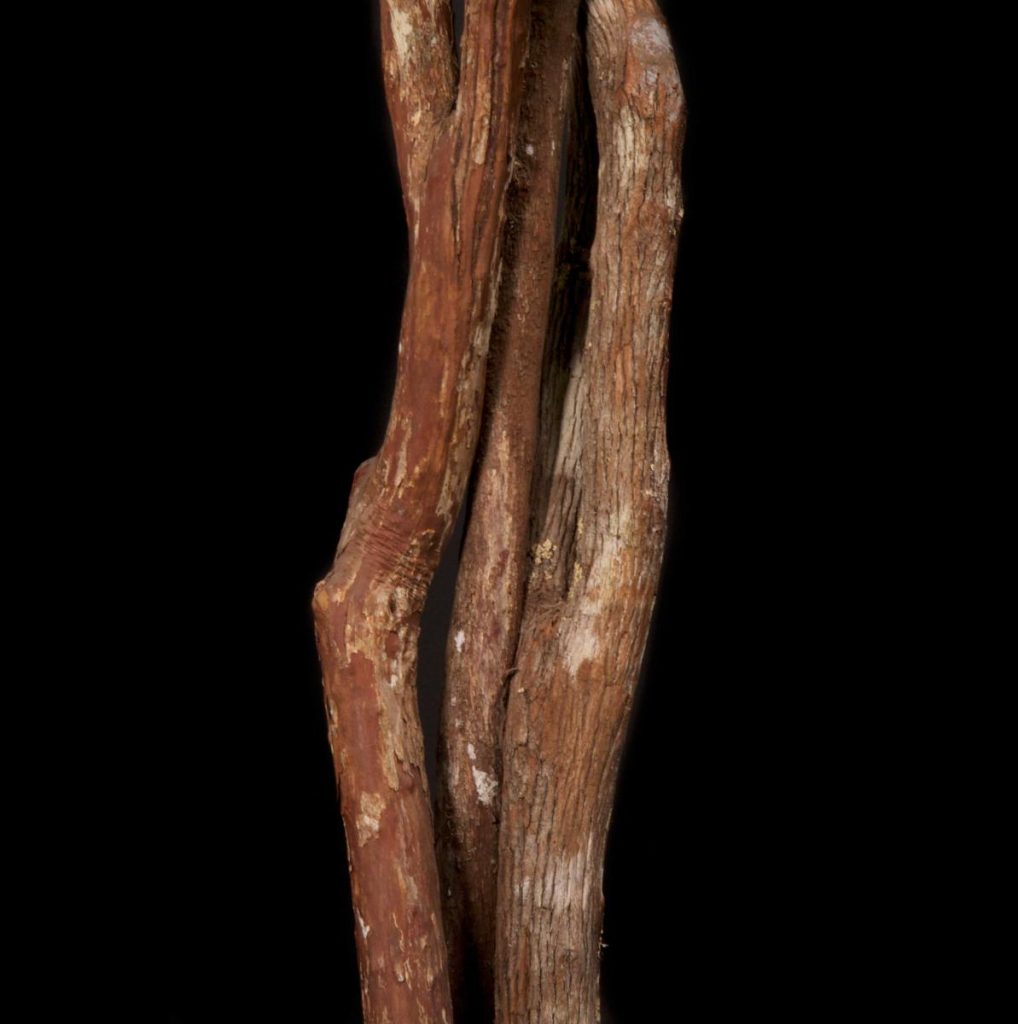
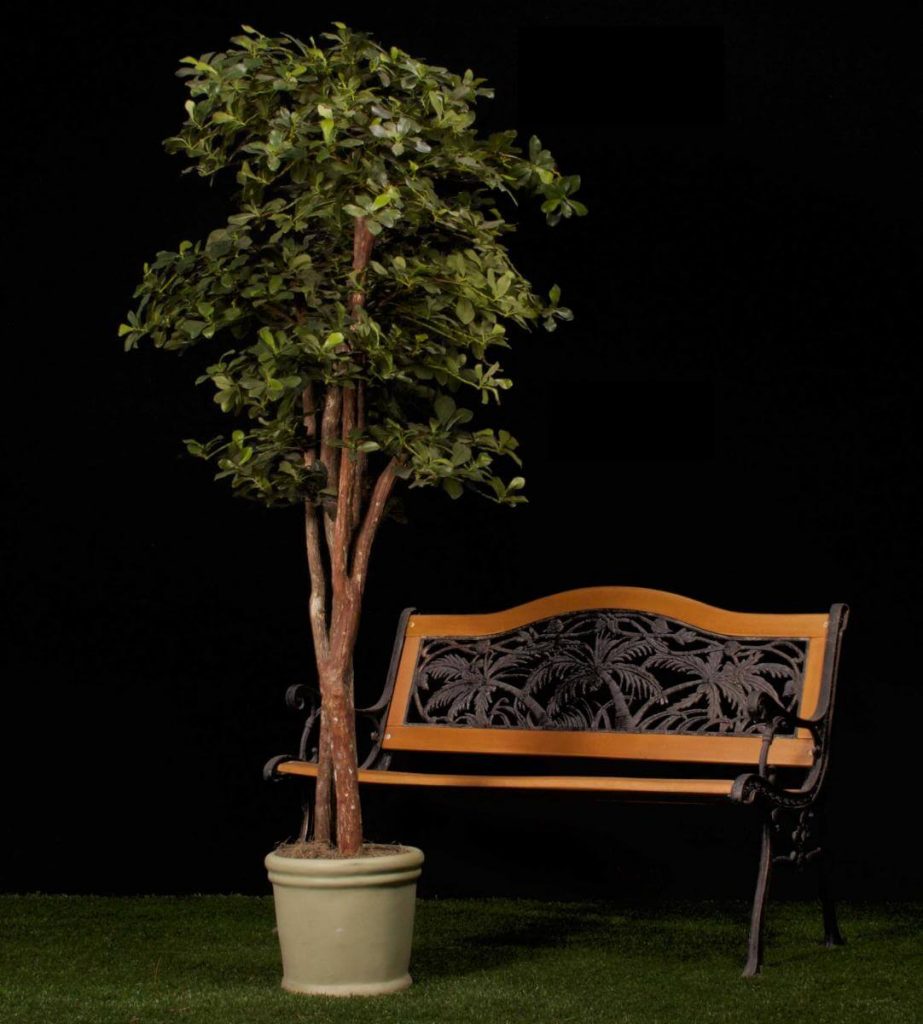

Hello I’m looking into getting a small olive tree made for a small space in Canada. About 9’ tall when in a planter or 7’ from bottom of trunk to top of foliage. 3’ wide canopy max.
Pls let me know the cost of this plus shipping.
Thank you
Hi there , I would like to know if you guys have black olives trees whit no olive growing ( 7-8 feet)
All of our products are custom-made, therefore we can make the trees with or without their fruits according to your specifications.